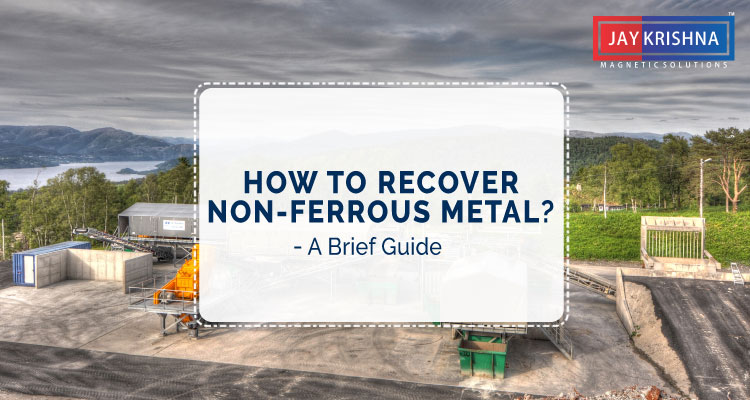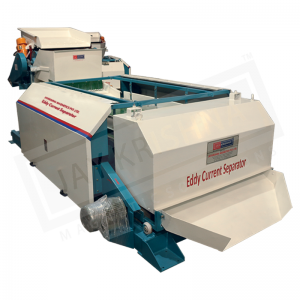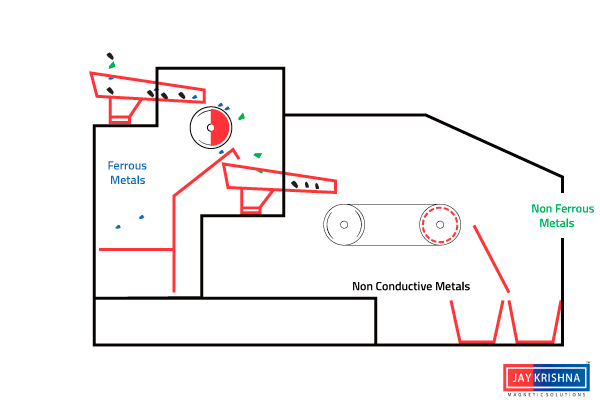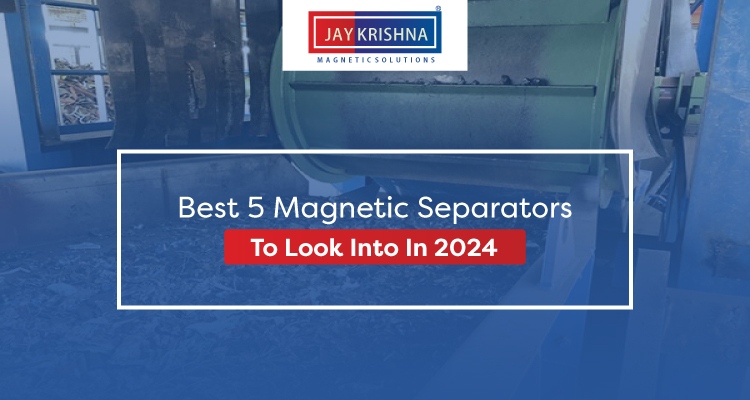How To Recover Non-Ferrous Metal? – A Brief Guide

Recycling is a million dollar industry as it offers tremendous economic opportunities and imparts positive environmental impact and it is applicable to the metal industry. In 2015, global aluminum production was 58 million metric tons and global copper production was 18 million tons. Most of this produced material eventually ends up in landfills wherein local scrap recyclers collect and sell the valuable metals.
In order to meet recycling demand from the ever-increasing waste, many industrial machines and processes have been engineered specifically to sort valuable materials from a mixed stream of waste. Separation of ferrous metals, such as iron, aluminium, zinc, copper and steel, can be accomplished through large, permanent magnets mounted on specialized conveyor belts. This leaves behind a stream of nonferrous metals like copper, aluminum and brass, generally mixed with other recyclable materials such as rubber, textiles, and plastic. Recovery of nonferrous metals then typically occurs through the use of standard eddy current separators.
Working Principle of Eddy Current Separators
Eddy current separators have a conveyor belt system containing high-speed magnetic rotor at the end. The rotation speed of the magnets generates an induction field, creating a rapidly changing magnetic field. If the magnetic induction in a material change with time, a voltage is generated in that material and the induced voltage produces a current called eddy current. The separation is based on the principle that every electrically conductive particle located in an alternating magnetic field is temporarily magnetized.
The Eddy Current assembly consists of a rotor which comprises of magnet blocks (generally ferrite ceramic) which are spun at over 3000 rpm (rotations per minute) to produce eddy current. This eddy current reacts with different metals based on the conductivity-to-density ratio, creating a repelling force on the charged particle. Light and a conductive metal, such as aluminum, copper or brass, can easily rise and thus be ejected from the normal flow of the product stream making separation possible.
The size of the particles in the flow of material is an important factor for achieving good separation. Eddy currents induce repulsive forces in a piece of metal that cause it to be ejected with a certain trajectory. As a result, the non-ferrous metals have a different ejection trajectory than the other residue and inert materials in the product stream. Thus eddy currents affect the trajectory of non-ferrous metals. A rapidly rotating magnetic rotor creates these eddy currents.
Working Process:
a) Shredding/crushing of the waste material
b) Sieving of the material
c) Ferrous material separation
d) Non-ferrous material separation
Eddy current separators are normally placed at the end of the production line near the conveyor belt.
Application
Eddy current separators purify large bulk streams and/or separate non-ferrous metals for reuse and are used in many industries. They are able to handle a high volume of waste in a continuous manner. An important factor for good separation is an even flow of material, supplied by a vibrating feeder or conveyor belt. Some of the industries where Eddy Current separators are used are:
- Glass recycling industry: Separation of aluminium
- Wood recycling industry
- Recovery of metals in car recycling lines
- Recovery of metals in household recycling
- Recovery of casting residues in the metal casting industry
- Metal separation from rubber recycling
We Jaykrishna Magnetics Pvt. Ltd. has manufactured the largest range of eddy current separators to remove non-ferrous impurities from recycling product stream. To know more about our eddy current separator model and other technical details visit our website: www.jkmagnetic.com
Learn more about magnetic separators by visiting our website and contact us for any inquiry on info@jkmagnetic.com



